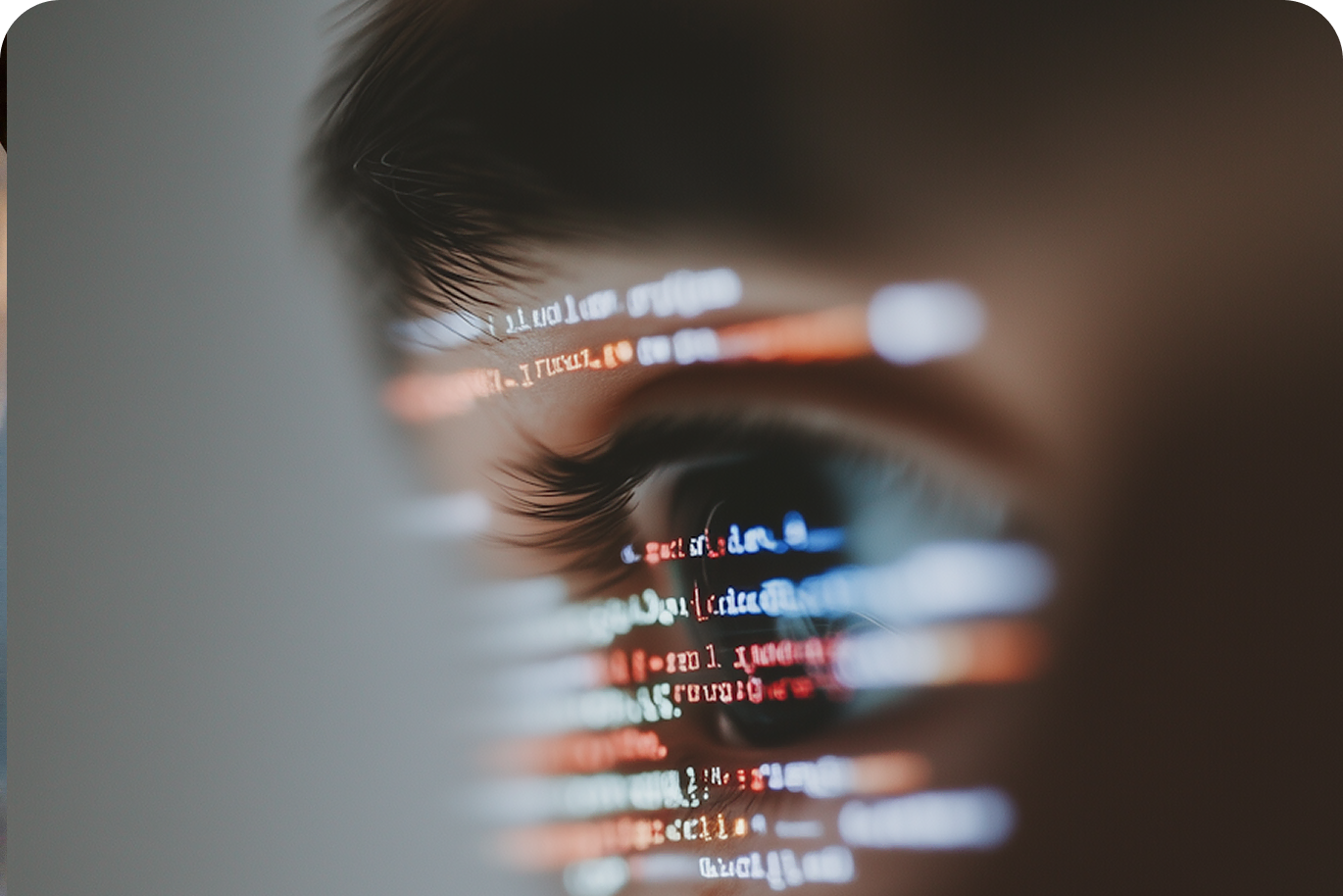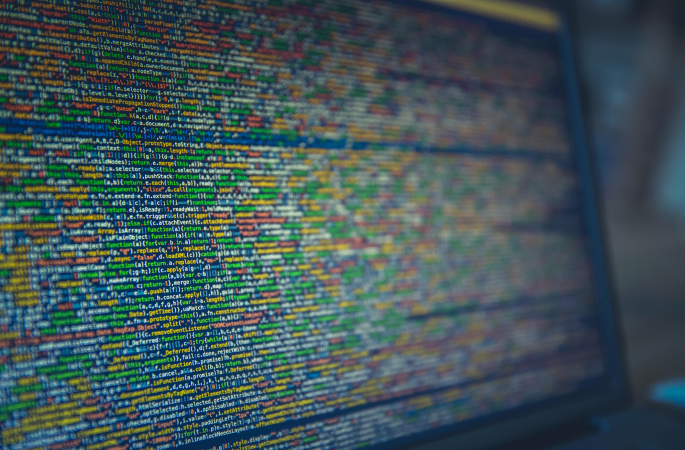What is cybersecurity? The ultimate guide (for dummies) with examples and action plans

Benefit from effective IT support
Discover our all-in-one solution
Ah, cybersecurity.
Another word that is on everyone's lips but whose stakes you still don't fully understand?
Don't worry, we've all been there. Yes yes, even us who write these articles. To help you understand what it is, but more importantly, why it's so important, we've prepared a comprehensive guide for you, including concrete examples and recommendations from our experts.
Is it gone?
1. What is cybersecurity?
Let's start with that!
La cybersecurity, it's simply the set of practices that protect your data, your computer systems, and everything about your digital business from external threats. These threats can be hackers, viruses, or even internal errors that expose your information without you realizing it.
So far, it should be fine.
Rest assured, even without being an IT expert, it is entirely possible to understand the basics and adopt practices to secure your business.
But to go further and protect your entire organization, the Rzilient offer includes comprehensive services to optimize your cybersecurity. Do not hesitate to contact our teams for more information and to find out how they could help you.
Let's start again!
2. The main threats: What can happen?
Cybersecurity therefore means protecting ourselves from threats that could potentially fall on us. So from talking about cybersecurity solutions, let's understand what we need to protect ourselves from:
Here are some cyberattack techniques:
- Phishing (phishing) : You receive an email that seems legitimate, but asks you to click on a link or provide your information. Once you've taken the bait, hackers can access your accounts or steal your data. Rather pictorial as a concept!
- Ransomware (ransomware) : A hacker has encrypted some files on your computer and is asking you for a ransom to unblock them.
- Malwares (malicious software) : These are viruses that infect your systems to steal data or damage your infrastructure.
- DDoS attacks : They overwhelm your servers, making your services inaccessible. Remember those celebrities whose phone numbers are made public? They receive so many incoming calls that their phones become unusable. It's the same concept here! Your digital workspace receives so many requests that it can't manage all of them, blocking you too from using it.
- Shadow IT : The use of unauthorized services, such as cloud applications not validated by the IT team, which can be entry points for cyberattacks. It is a common source of attack for businesses where we tend to use our work computer for personal purposes as well.
3. Concrete examples: Mistakes not to reproduce
To understand why cybersecurity is so important, let's look at what can happen if you don't take the necessary precautions. Here are a few stories that show what not to do:
Marie, owner of a small online store, clicked on an email that seemed to come from his bank. In reality, it was a phishing attack. Result? Her bank account was compromised and she lost a large amount of money.
Lesson: Always check the email address and never click on suspicious links.
jean, manager of a service company, did not have regular backups of his files. One day, he is a victim of ransomware and all his files are blocked. He had no choice but to pay the ransom.
Lesson: Have regular backups so you can restore your data without having to pay hackers.
lucie, director of an SME, let her employees install unapproved software on their computers (the famous Shadow IT). One of these programs contained a virus that allowed hackers to access its confidential data.
Lesson: Always check the software installed on your company's systems.
Do you see? Even small mistakes can have disastrous consequences. But you can avoid them by taking the right steps now.
4. Simple action plan to secure your business
Let's get to the solutions now!
Because yes, all of these threats mentioned above are established through certain processes.
Here is a simple action plan that can be activated by everyone:
1. Identify your vulnerabilities
Start with an audit of your systems. You don't have to do it alone! Rzilient can help you analyze your infrastructures to identify security breaches.
2. Update your systems
Keep your software and systems up to date to address security gaps. Updates often include fixes to prevent hackers from exploiting weaknesses.
3. Train your teams
The weak link in cybersecurity is often the human element. Organize training courses for your employees to learn how to identify suspicious emails and how to secure their access. Rzilient offers programs adapted to each level to train your teams.
4. Secure your accesses
Two-factor authentication is a great way to keep your accounts secure. This means that even if someone has your password, they'll need a second piece of information (like a code sent to your phone) to sign in.
5. Back up your data regularly
Ransomware attacks can block your files. By regularly backing up your data (on a secure cloud for example), you can quickly restore them in the event of an attack.
6. Prepare a cyber attack response plan
It is not a question of “if”, but of “when.” Have a clear plan for what to do in case of an attack. This includes quarantining affected systems, communicating with customers, and restoring data.
And if you're feeling overwhelmed by all of this, do not hesitate to call on experts like Rzilient. They can support you through this process and ensure that you are protected.
5. Cybersecurity and Legislation: What You Need to Know
Cybersecurity is not only about protection, but also about legal compliance. In 2024, several important regulations apply to corporate computer security, such as:
- ISO 27001 : International standard for information security management. In particular, discover the Feedback from Boond Manager who have successfully passed the ISO 27001 certification with the help of the Rzilient teams.
- DORA (Digital Operational Resilience Act): Which requires financial firms to strengthen their resilience in the face of cyber threats.
- NIS2 (Network and Information Systems Directive): Covers critical sectors and imposes high cybersecurity standards, whether for energy, health or digital infrastructures.
Rzilient helps you comply with these regulations by supporting you in the implementation of all the necessary security measures.
6. Conclusion: Ready to protect your business?
You see, cybersecurity is not as complex as it seems. With the right reflexes, some training for your teams, and the help of experts like Rzilient, you can protect your systems against the majority of cyberattacks.
So, ready to take action?






